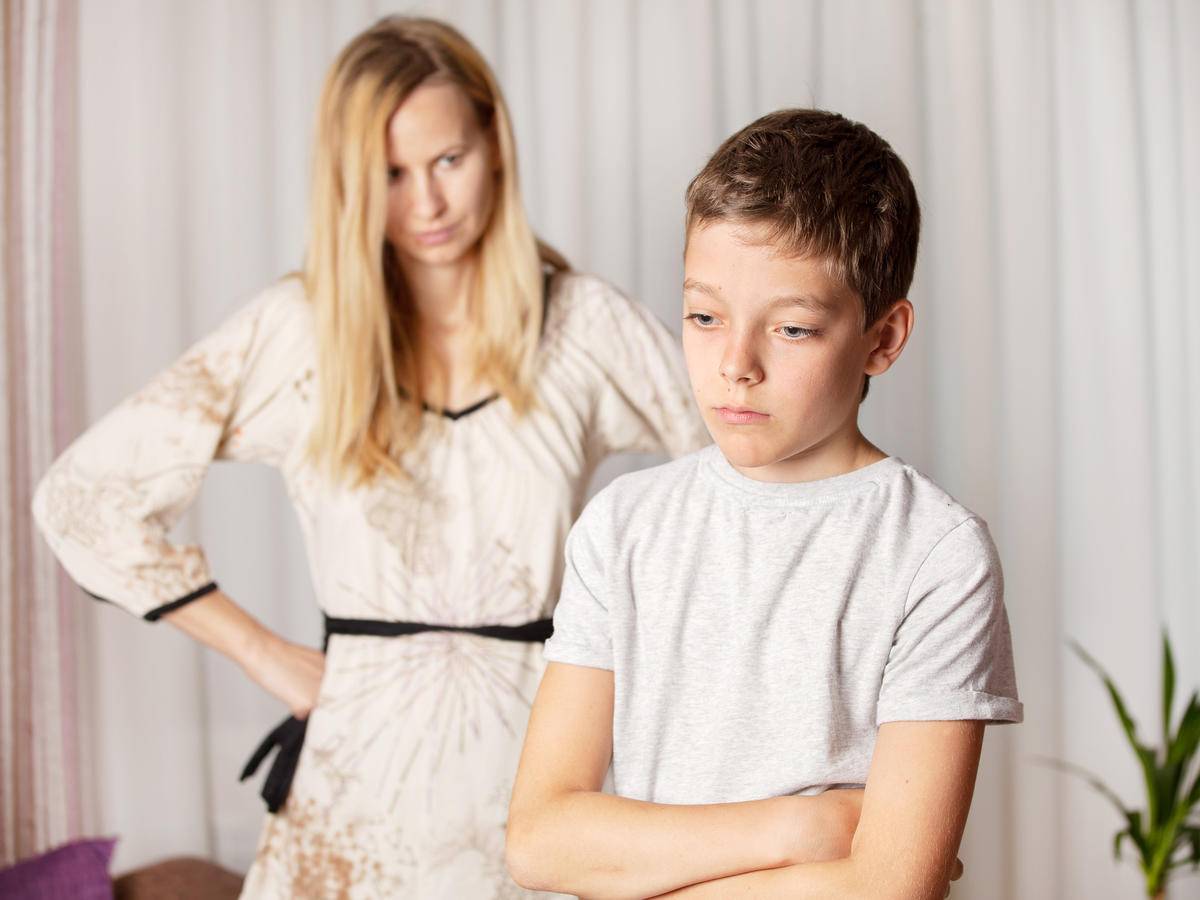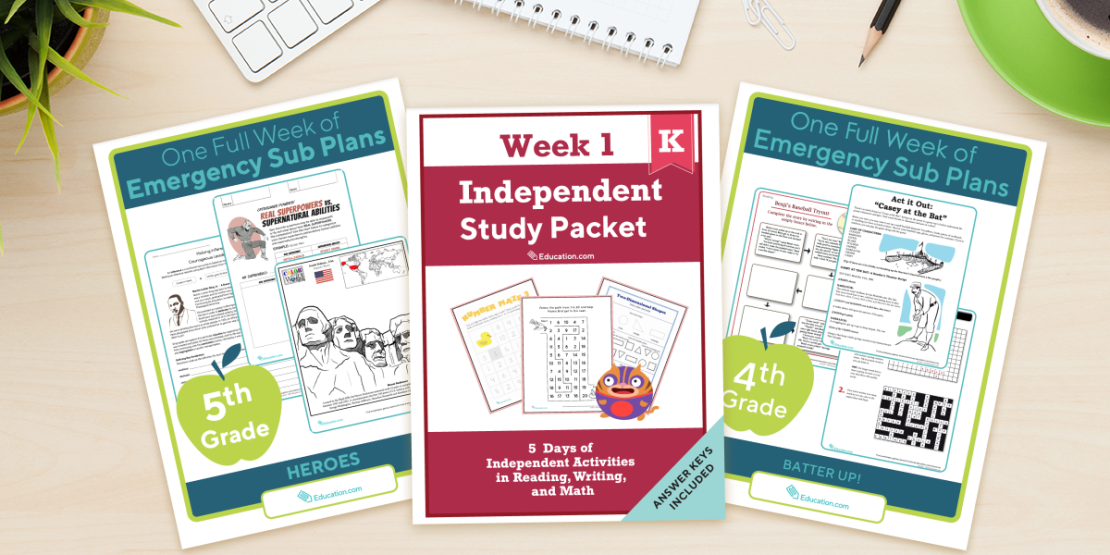We will experience many relationships in our lives, and the parent-child relationship is undoubtedly the most precious bond in life that stays with us forever. The relationship between parents and children is sometimes full of warmth and happiness, and sometimes conflicts and conflicts break out. However, after the conflict subsides, some parent-child relationships are like a train that has veered off course and cannot return to the right track of development. This often makes parents feel troubled.
What Is Parent-Child Conflict?
Parent-child conflict refers to the internal or external confrontation between parents and children due to incompatibility in behaviors, attitudes, etc., such as quarrels, physical confrontation, etc.
In daily life, we will all encounter times when work is busy and everything goes wrong. Once differences arise between parents and children, the two parties will be unable to control their tempers, and the possibility of conflict will greatly increase.
There are two main manifestations of parent-child conflicts in adolescence: one is the cold war between parents and children, where there is a lack of communication between parents and children, and there is less common language. On the surface, they appear calm, but both parties still have a certain degree of anxiety in their hearts; the other is the conflict between parents and children. Conflicts become intuitive and superficial, with both parties not understanding each other and complaining about each other, leading to estrangement, disputes, beatings, and even domestic violence.
Psychological research shows that the parent-child relationship is one of the most important factors causing children’s development problems and psychopathological problems. High levels of parent-child conflict will damage the parent-child relationship and increase children’s anxiety, depression, and problem behaviors.
Classification of Conflict Resolution Strategies
Parent-child conflict is inevitable during the growth of children. After a conflict occurs, parents often wonder: How should they deal with their children next? Should you communicate seriously with your children or pretend that nothing happened? What exactly should you say to your child? In psychology, some researchers divide conflict-handling strategies into the following types:
- Problem-solving style – Actively seeking solutions to conflicts and adopting some resolution strategies acceptable to both parties.
- Confrontational and aggressive type – directly resisting and attacking the other party in the conflict, hoping to make the other party surrender and compromise.
- Withdrawal, avoidance, and surrender – agreeing to the other party’s demands under pressure, or fleeing the scene of the conflict.
- Shelve and ignore type – ignore the other party and still go your way, as if there is no conflict.
- Third-Party Intervention – The intervention of persons unrelated to either party in the conflict in an attempt to mediate the conflict.
Some researchers also summarize conflict-handling strategies into two categories: positive and negative. They believe that negotiation and third-party intervention are positive ways of handling, which are conducive to the benign resolution of conflicts, and have positive significance for the establishment of a positive parent-child relationship, the development of adolescents and children’s personalities, the improvement of social adaptability, and the improvement of parents’ quality of life. Withdrawing, attacking, surrendering, shelving, etc. are negative ways of dealing with problems. Not only are they not conducive to conflict resolution, but they may lead to more conflict behaviors, which will have many adverse effects on teenagers, parents, and families.
The Optimal Solution to Conflict Management: Actively Repair Relationships
Cracks caused by parent-child conflict are not easy to heal, but that does not mean that the relationship cannot be repaired. So, how should a relationship that has been injured due to parent-child conflict choose conflict-handling strategies to get it back on track? ——Proactively repairing relationships is the most important parenting strategy and a problem-solving conflict-handling strategy.
Repair is not a simple apology
Restoration is the act of returning to that unhappy moment, taking responsibility for your actions, and realizing how your actions impacted others. Repair and apology are not quite the same thing. Apology is more about ending a negative interaction, while repair is about starting a positive interaction.
The meaning of repairing relationships
After a parent-child conflict occurs, as the more vulnerable party in the relationship, the child will be in an unstable state of being overwhelmed and insecure. If parents do not take the initiative to repair the relationship, children can easily fall into self-blame and blame themselves for the conflict in order to return to a safe and stable state. For example, a child may think: “It must be because I am a terrible person who is unworthy of love that this conflict occurs.”
Self-blame strategy is a relatively negative cognitive adjustment strategy and is essentially a defensive strategy. People who habitually use self-blaming strategies to solve problems tend to have lower levels of self-esteem and self-efficacy and are more likely to suffer from anxiety and depression.
From this point of view, as a parent, it is extremely important to choose to take the initiative to repair the relationship with your children after a conflict. Although repairing the parent-child relationship cannot completely eliminate the pain caused by the conflict, it can at least tell the children that the occurrence of conflict does not mean the breakdown of the relationship. After the relationship is repaired, we can still be a close family.
What exactly should be done to actively repair relationships?
The first step is the correct understanding. Individuals who have a correct understanding of conflict can realize that they have failed to live up to the expectations of others and choose to remind themselves that “they should repair this relationship” the next time a conflict occurs, instead of repeatedly blaming themselves and constantly engaging in internal friction.
The second step is to patch. Repair means eliminating self-blame and making up for the original lack of love, security, and respect… In this process, parents can use actions to tell their children that when conflicts occur, there are better solutions than self-blame.
So, how should the repair be done?
First, patch yourself.
Detach yourself from what you have done and said. Even if we say some extreme language during a conflict, it does not prove that we will become a parent who is indifferent or even violent towards our children. Our words and actions in conflict do not define us, we simply encounter difficulties. When we realize again that we are good parents, we gain the power to solve difficulties again. The best way to get out of this predicament is to start planning how to repair the parent-child relationship with your children.
Then, tinker with your child.
The method of repair will vary depending on the family and the specific content of the conflict, but the most basic is to clarify three things: what happened in the conflict, what responsibilities each person should bear, and what to do next time. Discussion of these issues can rescue children from the vortex of self-blame and provide children with a safer and more effective conflict resolution strategy.
Conclusion
The darkness of conflict always passes, and it’s never too late to repair relationships. I hope that every parent can handle parent-child conflicts with their children, establish a high-quality parent-child relationship, and provide a safe umbrella for their children’s growth.




